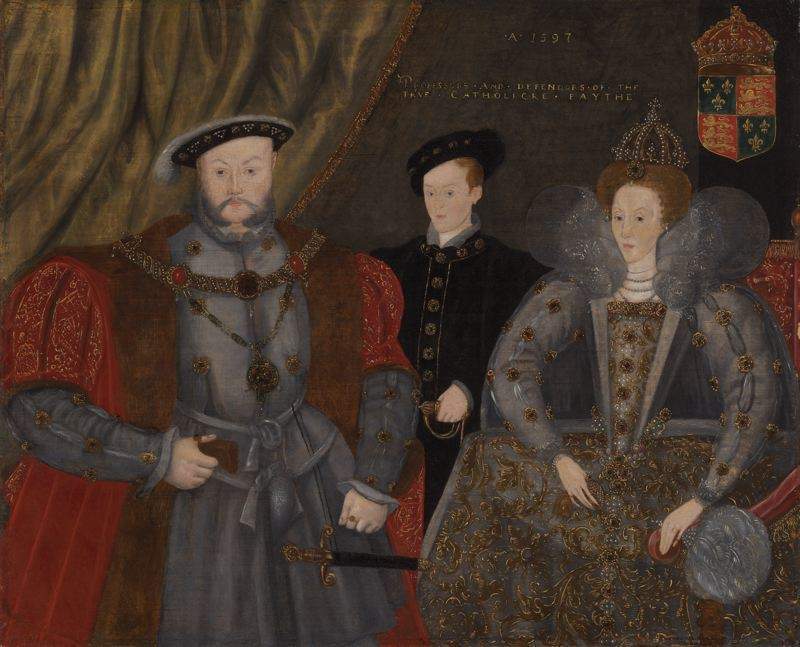
The leader of a small military force – perhaps 500 strong – is determined to subdue a province, and to do so quickly. Terror is his explicit policy. Every inroad he makes into enemy territory is followed by indiscriminate slaughter and destruction. Every man, woman and child is killed. Houses, churches, crops – everything is burned and despoiled.
Each night, the heads of all those who have been killed are lain in a path to the commander’s tent so “the people . . . see the heads of their dead fathers, brothers, children, kinsfolk and friends, lie on the ground before their faces, as they come to speak with the colonel”.
If this sounds like the barbarity that Isis has made commonplace in the news in the last couple of years, think again. It is not Isis. It is the English in Ireland in 1569 and the leader in question is Humphrey Gilbert. He was knighted for his efforts within months; the following year he became an MP.
Drawing analogies between events at different times in history is always fraught; circumstances change. But where there are echoes we do well to heed them, because what resonates with the past can inform our understanding of the present. And while there is little in English history per se to match Isis, our record in Ireland is a different matter. It is there that we succumbed most deeply to the poisonous cocktail of religious self-righteousness and nascent nationalism that so intoxicates Isis. Protestantism and Wahhabism are closer cousins than we care to think.
Five years after Gilbert, the Earl of Essex at the head of the English army in Ireland hunted down and butchered 400 women and children of the M’Donnell clan at Rathlin Island off the northern coast of Antrim. A few made it down to the caves by the sea but Essex’s men followed them and smoked them out, cutting them down on the shore as they ran choking from their hiding places.
At Smerwick on the west coast of Ireland in November 1580, a group of 600 or so Spanish soldiers surrendered a small fort to an English force under Lord Grey of Wilton. Grey sent in a number of men under the captaincy of the young Walter Raleigh. Once disarmed, the Spanish were all put to the sword; there were too many bodies in the fort for the English to count. Pregnant women were hanged. Three men were dragged off to the local blacksmith where their joints and bones were smashed with a hammer on the anvil. They too were hanged. The English used their bodies for target practice as they hung on the gallows, literally shooting them to pieces.
Elizabeth I was delighted. Her handwritten note of thanks to Grey said, “You have been chosen the instrument of God’s glory”.
As for the kind of destruction practised by Isis at Nimrud and elsewhere, the remains of Protestant iconoclasm – Shakespeare’s “bare ruined choirs” – still litter our landscape. To erase all taint of Catholicism, windows were smashed, statues pulled down and broken, paintings defaced and whitewashed, plate melted, jewels taken, books burned.
Some buildings were destroyed more thoroughly than others. Thomas Cromwell, who personally took possession of the great Cluniac priory at Lewes, employed an Italian military engineer to raze the building to the ground.
There were over 800 religious houses before the Dissolution. The extent of the loss across the country is hard to underestimate. And there were other, more subtle, but no less catastrophic, destructions. The religious houses looked after the poor, the sick, the elderly, the infirm. There was no national health service back then, but the religious orders came close. They were the country’s principal education providers too.
In many parishes, church treasures were hidden among the parishioners. They were being vigorously hunted out and destroyed for decades. As late as August 1578, Elizabeth I’s progress through East Anglia brought her to the house of a Catholic gentleman named Edward Rookwood. His house was searched and an image of the Lady Mary discovered in a hay rick. It was “such an image . . . as for greatness, as for gayness, and workmanship, I never did see such a match”, reported Richard Topcliffe, later infamous as the government’s principal torturer.
Elizabeth ordered the image to be burned in sight of everyone that evening.
That Isis is depraved is beyond question. But if history teaches us anything, it is that the human talent for depravity does not belong to one people or one faith or one era. All evil is banal, repetitive in its cruelties.
The question shouldn’t be why Isis behaves this way, but what conditions enable or encourage any human to behave like that. The line from Gilbert to Abu Bakr al-Baghdadi – by way of Conrad’s Colonel Kurtz – is a short one, and surely too short for our moral comfort.
Mathew Lyons is a writer and historian. His most recent book is The Favourite (Constable & Robinson). Follow him on Twitter @mathewjlyons





